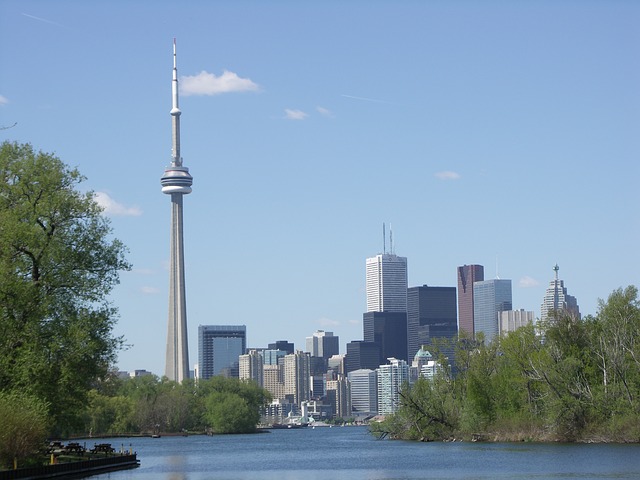Tower
The correct definition of 'tower' is a type of structure that is tall in proportion to the size of its base, often by a considerable margin. A tower is different from a tall building in that it is not built for habitation or for work, but serves other functions, primarily achieved by its height. However, towers may be intended for regular human access, for example as an observation platform.
Despite this, the term 'tower' is also sometimes applied to tall buildings, such as Trump Tower, Almas Tower, Princess Tower, Sea Sand Tower, and so on, and in the UK, high-rise residential buildings are often referred to as ‘tower blocks’.
Pure towers tend to be free-standing, self-supporting structures that do not use guy-wires (unlike masts). They can however be built attached to a building (such as a church tower or clock tower) or a wall (such as a watchtower).
The form of towers generally tapers upwards to ensure the load of the material at height can be supported by the structure below. They must also have sufficient stiffness to avoid buckling under applied loads such as heavy winds.
Historically, towers tended to be used for defensive or military purposes, and the term could be used to refer to an entire fortress, such as the Tower of London. The Romanesque and Gothic periods incorporated towers within the design of churches and cathedrals, sometimes with a spire or a flat roof. Towers were also commonly built onto prominent structures with clocks, such as town halls and other public buildings.
The development of structural steel as a framing device in the late-19th and early-20th centuries enabled towers to be built much taller, most notably, the Eiffel Tower in Paris.
Other types of tower include; cooling towers, water towers, communications towers, and so on.
Some of the most famous towers in the world include:
- Blackpool Tower.
- BT Tower.
- CN Tower.
- Eiffel Tower.
- Emley Moor transmitting station.
- Fernsehturm Berlin.
- Kobe Port Tower.
- Leaning Tower of Pisa.
- Space Needle.
- Watts Towers.
[edit] Related articles on Designing Buildings Wiki
Featured articles and news
Infrastructure that connect the physical and digital domains.
Harnessing robotics and AI in challenging environments
The key to nuclear decommissioning and fusion engineering.
BSRIA announces Lisa Ashworth as new CEO
Tasked with furthering BSRIA’s impressive growth ambitions.
Public buildings get half a million energy efficiency boost
£557 million to switch to cleaner heating and save on energy.
CIOB launches pre-election manifesto
Outlining potential future policies for the next government.
Grenfell Tower Inquiry announcement
Phase 2 hearings come to a close and the final report due in September.
Progress from Parts L, F and O: A whitepaper, one year on.
A replicated study to understand the opinion of practitioners.
ECA announces new president 2024
Electrical engineer and business leader Stuart Smith.
A distinct type of countryside that should be celebrated.
Should Part O be extended to existing buildings?
EAC brands heatwave adaptation a missed opportunity.
Definition of Statutory in workplace and facilities management
Established by IWFM, BESA, CIBSE and BSRIA.
Tackling the transition from traditional heating systems
59% lack the necessary information and confidence to switch.
The general election and the construction industry
As PM, Rishi Sunak announces July 4 date for an election.
Eco apprenticeships continue help grow green workforce
A year after being recognised at the King's coronation.
Permitted development rights for agricultural buildings
The changes coming into effect as of May 21, 2024.























Comments